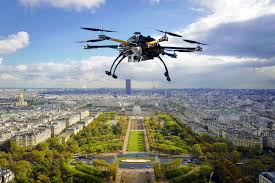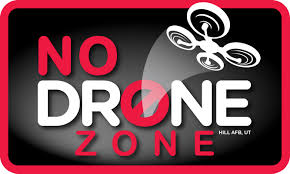Unmanned Aerial Vehicles – Part 1
 For most of us, our relationship with aviation is passive. We, except for rare instances, are involved in flight as passengers, not as flight crew. We board aircraft, take our seats and allow pilots to transport us, handling all of the complexities of air travel.
For most of us, our relationship with aviation is passive. We, except for rare instances, are involved in flight as passengers, not as flight crew. We board aircraft, take our seats and allow pilots to transport us, handling all of the complexities of air travel.
Whether air transport involves moving people, goods or both, its efficiency in reducing the time it takes to travel over long distances from weeks and days to hours is rivaled only by its potential severity of losses.
Protection against loss involving cargo or passengers is handled by aviation insurance which is designed to respond to low frequency but high severity accidents. Currently such policies are now being asked to handling an emerging, different exposure; unmanned aerial vehicles (UAVs).
frequency but high severity accidents. Currently such policies are now being asked to handling an emerging, different exposure; unmanned aerial vehicles (UAVs).
UAVs, aka drones, were developed initially for research, exploration and military use. In recent years, they have been increasingly exploited for personal and commercial use. Initially the potential for loss was low, similar to use of hobby, radio-controlled (RC) planes, copters, etc. But the situation with UAVs is transformative. RC aircraft are used recreationally. They are operated chiefly in wide open, isolated areas with little chance of interaction with persons or property. Losses usually involve damage to the aircraft. Injuries to persons typically are restricted to first aid for cuts, bruises and similar, fairly minor harm. Protection is adequately handled by homeowner policies or by specialty coverage provided by recreational RC flying clubs. That is NOT the case for UAVs.
For more information, please see Unmanned Aerial Vehicles – Part 2
https://www.insuringky.com/blog/insuring-unmanne…ones-part-2-of-3/
COPYRIGHT: Insurance Publishing Plus, Inc., 2015
All rights reserved. Production or distribution, whether in whole or in part, in any form of media or language; and no matter what country, state or territory, is expressly forbidden without written consent of Insurance Publishing Plus, Inc.

 Contact
Contact
 Email an Agent
Email an Agent

 Click to Call
Click to Call Get Directions
Get Directions


